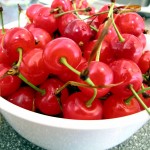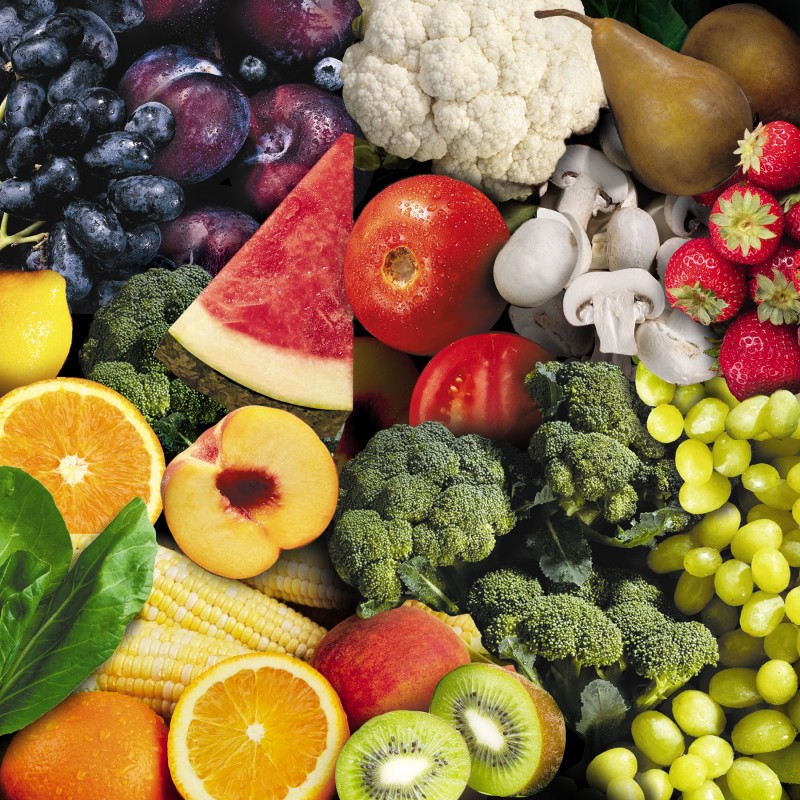Here are a few of the points on the scale that are used to determine if you have a food addiction. Does any of this sound familiar? If it does, you may be an “industrial food addict.”
Food Addiction
We’ve got several interesting fitness-related things in the news recently. First, from the Huffington Post comes Food Addiction: Could it Explain Why 79 Percent of Americans Are Obese? Here the food industry and its products are compared to the tobacco industry and their products. Turns out our junk food is skillfully crafted and manipulated by the food industry to make it highly palatable possibly to the point of being addictive. Key to the discussion is the following information from the article:
Researchers from Yale’s Rudd Center for Food Policy and Obesity validated a “food addiction” scale.(i) Here are a few of the points on the scale that are used to determine if you have a food addiction. Does any of this sound familiar? If it does, you may be an “industrial food addict.”
I find that when I start eating certain foods, I end up eating much more than I had planned. Not eating certain types of food or cutting down on certain types of food is something I worry about.
- I spend a lot of time feeling sluggish or lethargic from overeating.
- There have been times when I consumed certain foods so often or in such large quantities that I spent time dealing with negative feelings from overeating instead of working, spending time with my family or friends, or engaging in other important activities or recreational activities that I enjoy.
- I kept consuming the same types of food or the same amount of food even though I was having emotional and/or physical problems.
- Over time, I have found that I need to eat more and more to get the feeling I want, such as reduced negative emotions or increased pleasure.
- I have had withdrawal symptoms when I cut down or stopped eating certain foods, including physical symptoms, agitation, or anxiety. (Please do not include withdrawal symptoms caused by cutting down on caffeinated beverages such as soda pop, coffee, tea, energy drinks, etc.)
- My behavior with respect to food and eating causes significant distress.
- I experience significant problems in my ability to function effectively (daily routine, job/school, social activities, family activities, health difficulties) because of food and eating.
Based on these criteria and others, many of us, including most obese children, are “addicted” to industrial food.
Here are some of the scientific findings confirming that food can, indeed, be addictive(ii):
- Sugar stimulates the brain’s reward centers through the neurotransmitter dopamine, exactly like other addictive drugs.
Brain imagining (PET scans) shows that high-sugar and high-fat foods work just like heroin, opium, or morphine in the brain.(iii)Brain imaging (PET scans) shows that obese people and drug addicts have lower numbers of dopamine receptors, making them more likely to crave things that boost dopamine. - Foods high in fat and sweets stimulate the release of the body’s own opioids (chemicals like morphine) in the brain.
- Drugs we use to block the brain’s receptors for heroin and morphine (naltrexone) also reduce the consumption and preference for sweet, high-fat foods in both normal weight and obese binge eaters.
- People (and rats) develop a tolerance to sugar — they need more and more of the substance to satisfy themselves — just like they do for drugs of abuse like alcohol or heroin.
- Obese individuals continue to eat large amounts of unhealthy foods despite severe social and personal negative consequences, just like addicts or alcoholics.
- Animals and humans experience “withdrawal” when suddenly cut off from sugar, just like addicts detoxifying from drugs.
- Just like drugs, after an initial period of “enjoyment” of the food, the user no longer consumes them to get high but to feel normal.
Exercise & the Common Cold
“The most powerful weapon someone has during cold season “is to go out on a near-daily basis, and put in at least a 30-minute brisk walk.”
– Dr. David Nieman, director of the Human Performance Laboratory at Appalachian State University in North Carolina,
It’s always nice to see research that backs up something that we think is true. In this case, researchers at Appalachian St. University have evidence that exercise is possibly the best way to avoid colds. Read more in Regular Workouts Ward Off the Common Cold from MSNBC. The results of this study are in line with other studies discussed in the article.
There are all sorts of products out there such as Airborne, echinacea and zinc losenges that claim to shorten or prevent colds. The evidence on that stuff is spotty. The evidence on exercise and its preventative powers is far more solid. Exercise!
Rocker Shoes
An article from MSNBC, Do those funky shoes really promote fitness? discusses rocker or toning shoes, the increasingly popular shoes with a curved bottom. The claim by these shoe manufactures (Sketchers, Reebok, MBT) is that wearers will burn more calories when they walk around in these things.
A study by the American Council on Exercise suggests that these shoes do nothing of the sort. (Hard to believe? A magic shoe actually doesn’t lead to weight loss??) Participants walked all of five minutes on a treadmill while researchers monitored their heart rate, oxygen consumption and muscle usage (abdominals, butt, quadriceps, hamstrings and calves). (I don’t know that five minutes is an adequate amount of time in these things. Seems like participants should be monitored over the course of days or weeks). The article goes on to discuss the possible injurious effects of wearing these weird shoes as well as a a lawsuit brought by a woman who didn’t lose any weight wearing them. On the topic of the biomechanics and rocker shoes, this article by Denver-area chiropractor and gait specialist Dr. Ivo Waerlop, goes into deep detail as to why these shoes are a bad idea.
I see these shoes as the latest fitness fad pushed on people who are hoping and praying for a fitness magic bullet. (I love the fact that people are looking at their shoes and thinking about their calories! How about looking at your food???) This type of thing comes up frequently and the results of such stuff rarely lives up to the hype. I’ll be interested to see what happens to medium- and long-term wearers of these shoes. I think they’ll a) be disappointed in the weight they don’t lose and, b) possibly beset by chronic pain. If nothing else, they’ll be embarrassed that they ever put on those big clunky Frankenstein clodhoppers.




